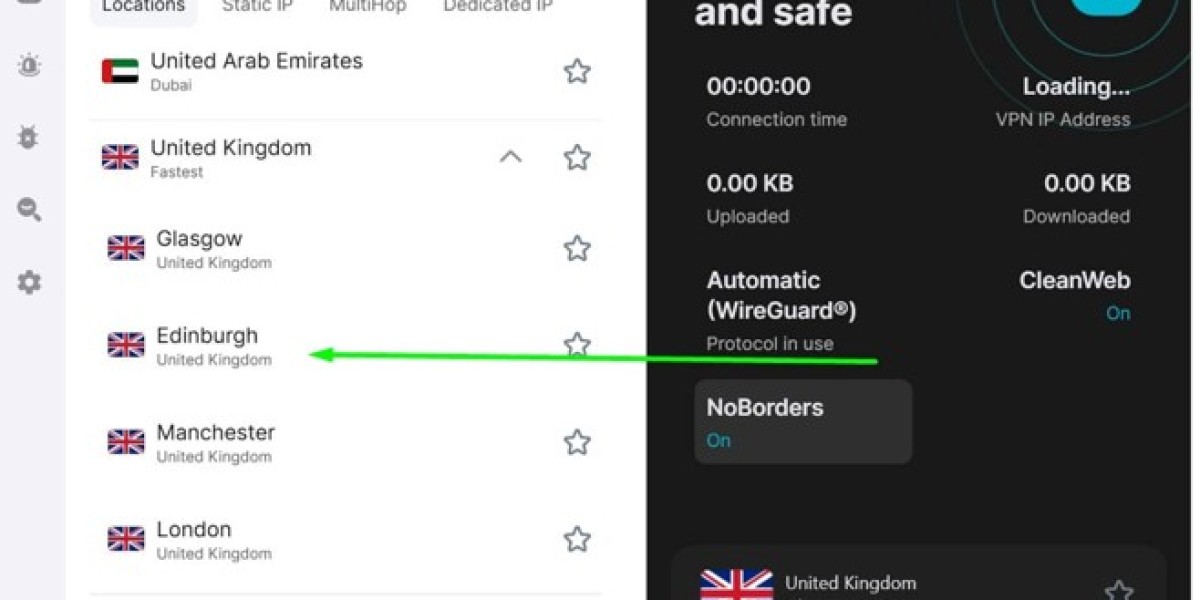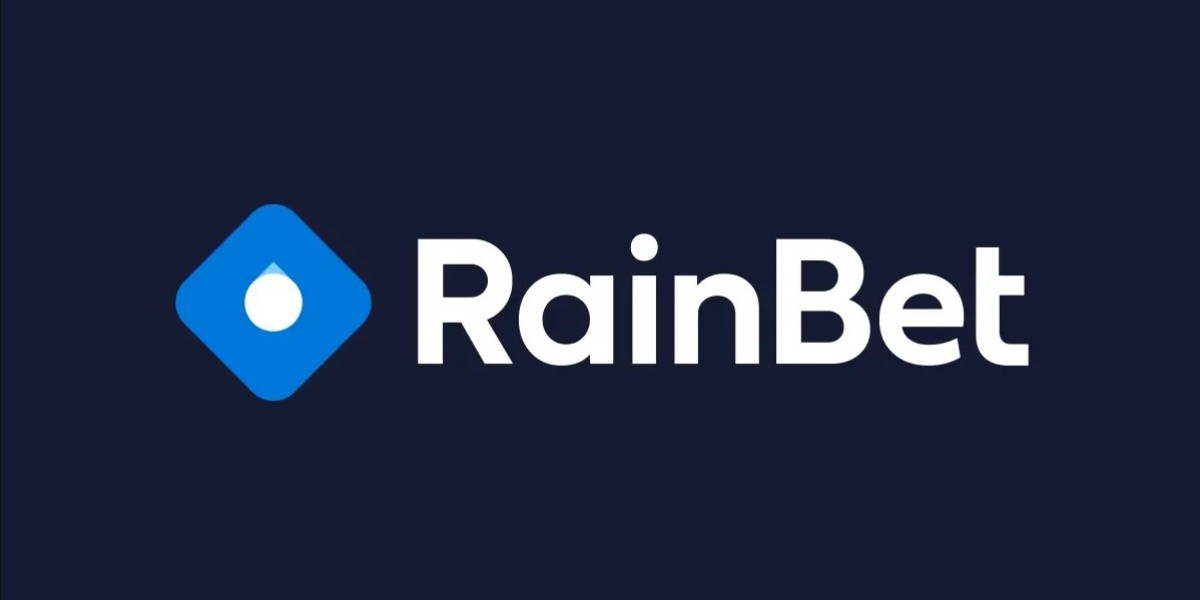Changing Viewer Preferences
Viewer migration reshapes entertainment landscapes as millions abandon pricey cable bundles
Traditional providers hemorrhage subscribers while digital platforms gain traction rapidly
Major television networks face unprecedented customer defections
Comcast sheds nearly 500,000 subscribers in recent quarters
Verizon's FiOS TV viewership plummeted to half its former size
Charter cites programming fee hikes accelerating cancellations
DirecTV leads losses with half a million departures quarterly
Dish Network continues steady customer erosion patterns
Modern viewers increasingly adopt flexible streaming alternatives
Live TV streaming services capture migrating audiences
Platforms like YouTube TV and Hulu + Live TV gain prominence
Subscription churn intensifies with easy cancellation options
25% of consumers terminated entertainment services recently for savings
Economic pressures fuel the shift toward affordable viewing
Average expanded basic cable exceeded $73 monthly pre-2018
Contemporary bundles approach $120 with internet included
Internet service now dominates household media budgets
Cable often functions as supplemental rather than primary
Historical economic strain foreshadowed current trends
The 2009 recession created perfect conditions for disruption
Wages dropped 1.5% while cable prices rose 5.5%
This critical 7% affordability gap accelerated viewer departures
Economic pressures continue influencing entertainment choices today
The economic landscape of streaming services versus traditional cable shows a notable pattern when examining cost trends against inflation.
During economic downturns, the gap between service price hikes and general inflation rates becomes particularly pronounced.
Analysis of historical data reveals that in 2009, amid the Great Recession aftermath, there existed a substantial 6.9 percentage point difference between how much providers increased their prices and the actual inflation rate.
This wasn't an isolated incident. Looking back to 2002, following the dot-com bubble burst, a similar pattern emerged with a 6.3 percentage point disparity.
These statistics highlight how entertainment subscription services often implement price increases that significantly outpace inflation during challenging economic periods, creating additional financial pressure on consumers already navigating difficult financial circumstances.
Traditional cable TV costs persistently race ahead of both inflation and wage growth.
Americans consequently devote a rising portion of their household budget to these services.
While annual wage increases and inflation rates typically exhibit close alignment, a positive shift emerges.
The gap separating inflation, wages, and escalating cable prices shows signs of narrowing year after year.
This tightening trend, though anticipated due to the link between wages and inflation, offers a hopeful sign for strained consumers.
Consumers are shifting towards ad-supported streaming options to manage escalating subscription fees.
'
Recent data, such as Deloitte's 2023 findings, shows 60% of users now access free ad-based platforms, with 40% increasing their consumption of such content year-over-year.
'
This rising ad tolerance reflects a broader trend where price sensitivity drives acceptance of commercials, contrasting sharply with the minimal-ad promise of early streaming.
'
A 2022 report highlights a tipping point: U.S. audiences would opt to pay around $12 for ad removal rather than sit through 12 minutes of ads per hour for no cost.
'
As this behavior solidifies, the appeal of cheaper ad-inclusive tiers could erode traditional distinctions between streaming and cable's ad-heavy frameworks.
As traditional pay-TV providers see a decline in subscribers, live TV streaming services are gaining traction as viable replacements. These services, often referred to as "IPTV" or virtual multichannel video providers (vMVPDs), offer internet-based alternatives to cable and satellite TV.
Subscriber Counts for Leading Live TV Streaming Services:
- YouTube TV: Approximately 6.5 million subscribers as of Q3 2023, up by around 200,000 from Q3 2022.
- Hulu + Live TV: 48.5 million subscribers in Q3 2023, an increase of over 300,000 from the previous quarter.
- Sling TV: 2.12 million subscribers as of Q3 2023, with a rise of 117,000 since Q2 2023.
- fuboTV: 1.477 million subscribers, marking a 20% increase from the previous year.
- Philo: Over 800,000 subscribers as of Q1 2021, up by about 750,000 since 2018.
Other services like Vidgo also exist in this market, but their subscriber numbers are not frequently reported. Philo, for instance, is not required to report such data as it is not part of a publicly-traded company.
Despite the growing popularity of these live TV streaming services, their prices have seen significant increases over the past few years. Most services have raised their prices at least once, with some implementing multiple price hikes since their launch.
Notable Price Increases:
- DIRECTV Stream: After rebranding from AT&T TV Now, the service increased its base price from $65 per month to $69.99 per month. In late 2023, it further raised the price to $79.99 per month.
- YouTube TV: Google hiked the price of its single live TV package from $40 to $49.99 per month in 2019, then to $64.99 in 2020, and finally to $72.99 in April 2023.
- Philo: While Philo did not raise prices in 2019, it discontinued its $16 per month plan, leaving only the $20 plan. In June 2021, the price of this plan was raised to $25.
- fuboTV: The company increased the price of its "Fubo" package from $44.99 to $54.99 per month in 2019, and after reorganizing its packages, the base price rose to $64.99 in early 2021. Further increases in 2022 and 2023 brought the price to $79.99 per month.
- Hulu + Live TV: Hulu raised the price of its live TV service from $44.99 to $54.99 per month in late 2019, and then to $64.99 in 2020. In October 2022, the ad-supported plan increased to $7.99 per month, with the ad-free tier now at $14.99 per month. The live TV plan now costs $76.99 per month, which includes ESPN+ and Disney+.
- Sling TV: Sling increased the prices of its Orange and Blue packages to $30 per month from $25 in late 2019, and then to $35 per month in 2020. As of the end of 2022, the cost is $40 for either Orange or Blue, and $60 per month for both.
- Vidgo: Vidgo's pricing has been volatile since its launch in 2018. It started at $39.99, dropped to $19.99 in 2019, rose to $45 in 2020, and now costs $69.99, with some plans reaching $99.99 per month.
These price increases are often due to higher carriage fees demanded by channel providers, impacting both cord-cutting services and traditional cable TV. Philo remains one of the more affordable options, despite eliminating its cheaper package.
The rising cost of television entertainment has become a significant concern for consumers. Since 2006, local broadcast network fees have skyrocketed by more than 600 percent, while the overall television network fees across all categories have increased approximately 90 percent since 2009.
As streaming platforms gradually increase their subscription costs, consumer dissatisfaction continues to grow. One provider that has particularly faced consumer backlash is AT&T's television service. The company's multiple rebranding efforts—transitioning from DIRECTV to AT&T TV Now, then to AT&T TV, and finally to DIRECTV Stream—created confusion among its customer base.
However, it's the company's aggressive pricing strategy that has truly alienated subscribers. Our research indicates that since 2019, AT&T has implemented regular price hikes for its premium package offerings, making it increasingly expensive compared to alternatives in the market. This approach has directly contributed to the substantial subscriber exodus the company has experienced in recent years.
Streaming Service Evolution: A Closer Look at Market Dynamics
Examining the timeline of streaming video providers reveals fascinating patterns. The year 2017 marked a significant turning point, with numerous multi-channel streaming platforms entering the market. During this initial wave, most services positioned themselves in the mid-range price bracket, offering subscriptions below the $50 monthly threshold.
A notable shift occurred in 2019 when several providers began crossing into premium pricing territory exceeding $50 monthly. AT&T exemplified this trend most dramatically, implementing a staggering 57% price increase on its premium tier, which jumped from $75 to an eye-watering $135. The following year brought further increases, with AT&T's basic package surging 26% from $50 to $65 monthly. These substantial price hikes correlate directly with significant subscriber losses during the same period.
Standing apart from this pricing escalation is Philo, which has maintained its position at the boundary between low and mid-tier pricing at $25 monthly, offering a distinct alternative to the increasingly expensive competition.
Consumer interest metrics paint a clear picture of growing demand for streaming television options. Google Trends data aggregated from 2015 through 2020 for major virtual multichannel video programming distributors (vMVPDs) demonstrates steadily increasing search activity, with interest peaking in September 2019—the highest level recorded to date. This trajectory suggests continued strong consumer migration toward streaming alternatives.
Live TV Streaming Evolution
The Evolution of Live TV Streaming Services
The landscape of television consumption has dramatically transformed with the rise of streaming alternatives to traditional cable. In 2015, a significant shift began when Sling TV emerged as the first major player to offer a customizable live TV streaming experience. Though FuboTV technically launched one month earlier, its initial focus on soccer content meant it served a niche audience rather than general viewers.
Shortly after Sling TV's debut, PlayStation Vue entered the market, expanding consumer options for cable alternatives. However, it wasn't until 2017 that the industry truly exploded, with five major multi-channel streaming providers launching their services that year.
The competitive environment continued to evolve in 2018 when AT&T introduced WatchTV as a direct competitor to Philo, specifically targeting viewers who preferred entertainment content without sports programming and the associated costs.
Industry analysis of search data reveals an interesting pattern: consumer interest in virtual multichannel video programming distributors (vMVPDs) consistently peaks during September. This timing coincides with major service announcements and platform updates from leading providers, suggesting strategic timing of product launches to capitalize on seasonal consumer behavior.
The streaming landscape witnessed notable exits as PlayStation Vue and AT&T WatchTV ceased operations.
Sling TV initially led the streaming arena for years, leveraging strong market positioning and marketing.
Its dominance began eroding amid heightened competition from newer services.
Subscriber growth slowed considerably while online search interest declined.
YouTube TV emerged as a pivotal disruptor following its limited 2017 launch.
Google rapidly expanded YouTube TV's availability nationwide by late 2017.
A significant shift occurred when YouTube TV's search popularity consistently surpassed Sling TV's in early 2019.
This coincided with YouTube TV's official nationwide availability announcement that same month.
The Streaming Revolution: Current Landscape and Future Outlook
In the ever-evolving world of streaming services, YouTube TV has established itself as the dominant force in the live TV streaming segment. Meanwhile, competitors like Philo and FuboTV have gradually expanded their market presence, while once-prominent services such as Sling TV and Hulu's live TV offering have experienced noticeable subscriber declines.
The on-demand streaming space paints a different picture. Netflix, the pioneer that revolutionized how we consume content, maintains its leadership position with an impressive 247+ million global subscribers as of Q3 2023. The company's recent introduction of ad-supported tiers has helped strengthen its market position despite increasing competition.
Market saturation has become a significant concern, with over 300 streaming services now vying for consumer attention and dollars. Research indicates 70% of consumers feel overwhelmed by the sheer number of options available—a troubling sign for newer entrants attempting to carve out market share.
The streaming landscape has transformed dramatically since 2019, with major media conglomerates launching their own direct-to-consumer platforms. Disney+, Apple TV+, Peacock, HBO Max (now Max), Discovery+, and Paramount+ represent the most significant new competitors, each backed by extensive content libraries and substantial production budgets.
Consumer behavior reflects the challenges of this crowded marketplace. While 88% of Americans subscribe to at least one streaming service, economic pressures are driving changes: 19% have downgraded to ad-supported tiers recently, and 25% have completely cancelled subscriptions to reduce expenses. This financial strain partially explains the surging popularity of free, user-generated content platforms like TikTok.
Content remains king in the streaming wars. Original programming has become the primary battleground, with major platforms allocating unprecedented budgets to exclusive content production. Netflix maintains approximately $17 billion in annual content spending, while Disney plans to invest around $25 billion in 2024. Amazon Prime Video has tripled its original content output since 2018, with its "Lord of the Rings: The Rings of Power" series alone commanding a budget exceeding $1 billion.
This content arms race creates both opportunities and challenges. While viewers benefit from high-quality original programming, decision fatigue has become a genuine concern. Nielsen reports that audiences now spend over 10 minutes searching for something to watch, with 20% eventually abandoning their streaming services altogether out of frustration.
Password sharing represents another industry challenge, potentially costing providers $9.1 billion in lost revenue. Netflix's 2023 crackdown on the practice yielded interesting generational insights: more than half of younger viewers (Gen Z and Millennials) indicated they would cancel services that restrict password sharing, compared to just 25% of older generations (Gen X and Boomers).
The COVID-19 pandemic created additional complications for content pipelines. Netflix, for example, released 72% fewer highly-rated original productions in 2020 compared to 2019, highlighting the vulnerability of production schedules to external disruptions.
As the streaming landscape continues to evolve, providers face mounting pressure to balance content quality, pricing strategies, and user experience to maintain subscriber loyalty in an increasingly competitive environment.
Netflix's Content Evolution: Quality Over Quantity
Since its streaming debut, Netflix has carefully curated its original programming portfolio. Our analysis focuses exclusively on their premium content—specifically the 164 self-produced and 67 licensed titles that achieved prestigious 8/10 or higher IMDB ratings.
The pre-pandemic years witnessed Netflix aggressively expanding its original production slate. However, COVID-19 dramatically disrupted this trajectory, forcing the company to pivot strategically. Rather than allowing their content pipeline to stagnate, Netflix increased their acquisition of high-quality licensed programming, releasing 12 top-rated licensed titles in 2020 compared to just 9 the previous year.
Streaming Industry Forecast: Six Transformative Trends
The streaming landscape continues evolving rapidly, with several key developments on the horizon:
- Consolidation will accelerate as media conglomerates absorb smaller platforms, beginning with Warner Bros. Discovery's MAX/Discovery+ integration and expanding across the industry.
- Premium services will increasingly eliminate free trial periods while implementing technological measures to prevent unauthorized password sharing.
- Ad-supported viewing options will proliferate across major subscription video-on-demand platforms, creating tiered pricing structures.
- Smaller live TV streaming providers like Vidgo face existential challenges, likely resulting in acquisition or market exit due to subscriber acquisition difficulties.
- Apple TV+ will strategically supplement its limited original programming by licensing established content libraries to enhance subscriber value.
- User experience optimization will become a competitive differentiator, with platforms investing heavily in advanced recommendation algorithms to reduce content discovery friction.
What is a Netflix VPN and How to Get One
A Netflix VPN is a virtual private network service specifically used to bypass geographical restrictions on the streaming platform. By connecting to servers in other countries, a Netflix VPN unlocks diverse international libraries, allowing users to access a significantly wider variety of shows and movies unavailable in their home region.
Why Choose SafeShell as Your Netflix VPN?
If your Netflix vpn not working due to outdated software failing to bypass regional blocks, consider upgrading to SafeShell VPN for reliable access to global libraries. Its significant advantages include:
- High-Speed Servers for Netflix: Dedicated servers ensure seamless, buffer-free HD streaming, eliminating interruptions during your viewing.
'
- Multi-Device Support: Connect up to five devices simultaneously across platforms like Windows, macOS, iOS, Android, smart TVs, and Apple Vision Pro.
'
- Exclusive App Mode: Unlock and stream content from multiple regions at the same time, vastly expanding your entertainment options.
'
- Lightning-Fast Speeds: Experience no bandwidth throttling or buffering, enabling smooth streaming and downloads.
'
- Top-Level Security: The proprietary "ShellGuard" protocol with advanced encryption guarantees private and secure browsing.
'
- Flexible Free Trial: Explore all SafeShell VPN features risk-free before committing, allowing you to verify its effectiveness against Netflix restrictions.
A Step-by-Step Guide to Watch Netflix with SafeShell VPN
Begin by securing your SafeShell Netflix VPN subscription through the official SafeShell VPN website. Select a plan that matches your requirements and proceed with the payment. Once subscribed, navigate to the download section of the site to acquire the SafeShell VPN application compatible with your specific operating system, whether it's Windows, macOS, iOS, or Android. Install the software on your device following the standard installation procedures for that platform.
After launching the SafeShell VPN app, log in using the credentials you established during the subscription process. Within the application interface, locate the mode selection settings. For optimal performance when accessing streaming services, choose the dedicated APP mode. This mode is specifically configured to handle the demands of services like Netflix more effectively, prioritizing streaming stability and speed.
The next critical step involves selecting an appropriate VPN server location. Browse through the comprehensive list of available servers provided within the SafeShell app. Choose a server located in the specific country whose Netflix library you wish to access – popular choices include the US, UK, Japan, or Canada. Click the 'Connect' button to establish a secure tunnel to your chosen server location. Once the VPN connection is successfully active, open your Netflix app or visit the Netflix website. Log in with your account credentials, and you'll now be able to browse and stream content from the region corresponding to your selected SafeShell Netflix VPN server.








